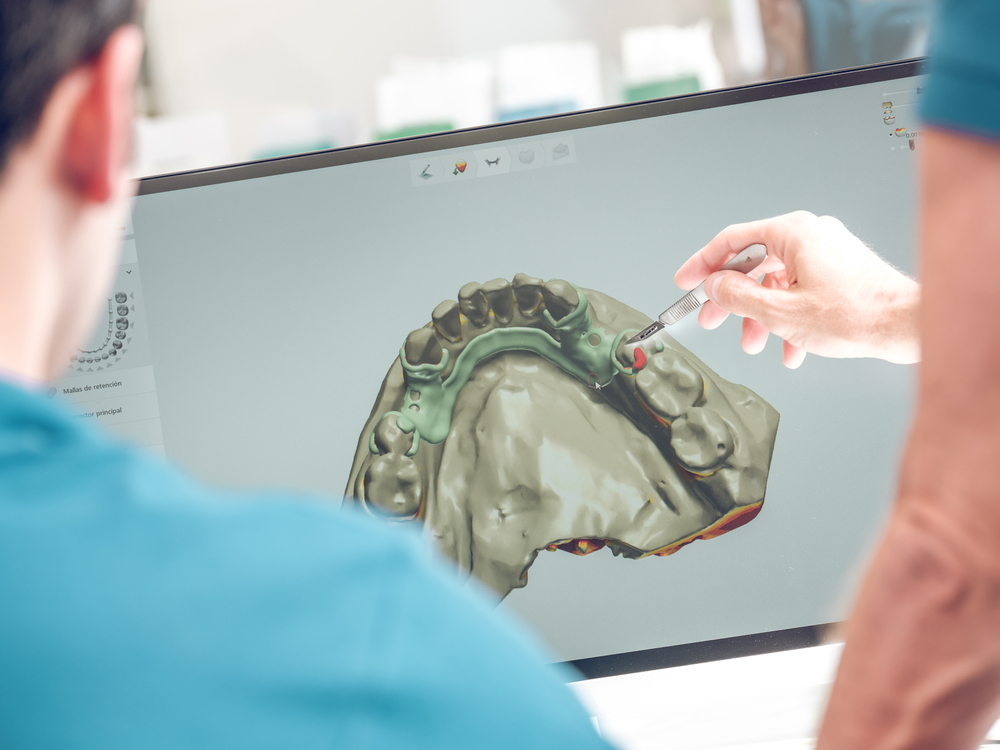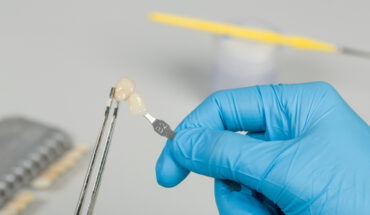
In recent years, dental technology has experienced a significant transformation, bringing about groundbreaking advancements that have revolutionized dental care. These innovations not only enhance the precision and efficiency of dental procedures but also provide a solution for any dental anxiety patients might have. From 3D printing to artificial intelligence, the latest dental technology is making dental visits more comfortable and effective than ever before.
1. Digital Impressions and Intraoral Scanners
One of the most notable advancements in dental technology is the use of digital impressions and intraoral scanners. Traditionally, taking dental impressions involved messy and uncomfortable materials that often caused discomfort and gagging. However, with the advent of digital impressions, dentists can now create precise 3D models of a patient’s teeth and gums using a handheld intraoral scanner. This technology not only eliminates the need for traditional impression materials but also significantly improves the accuracy of dental restorations such as crowns, bridges, and veneers.
Digital impressions provide a more comfortable experience for patients and allow for faster turnaround times for dental restorations. This means patients spend less time in the dental chair and can receive their restorations more quickly, reducing the overall treatment time.
2. 3D Printing in Dentistry
3D printing is another revolutionary technology that is transforming the field of dentistry. This cutting-edge technology allows for the rapid and precise fabrication of dental prosthetics, including crowns, bridges, dentures, and orthodontic appliances. With 3D printing, dental labs can produce highly accurate and customized restorations in a fraction of the time it takes using traditional methods.
The ability to create custom-made dental prosthetics with such precision enhances the fit and comfort for patients, leading to better outcomes and increased patient satisfaction. Additionally, 3D printing reduces waste and lowers the cost of materials, making dental care more affordable and accessible.
3. Laser Dentistry
Laser dentistry is a minimally invasive technology that offers numerous benefits for both patients and dentists. Lasers can be used for a variety of dental procedures, including cavity preparation, gum reshaping, and teeth whitening. One of the key advantages of laser dentistry is that it reduces the need for traditional dental drills, which can be a significant source of dental anxiety for many patients.
Laser dentistry provides a solution for any dental anxiety by offering a quieter, more comfortable experience. Lasers are precise and can target specific areas without affecting the surrounding tissues, resulting in less pain and faster healing times. Additionally, laser dentistry often eliminates the need for anesthesia, further reducing patient discomfort.
4. Artificial Intelligence in Dentistry
Artificial intelligence (AI) is making significant strides in the dental industry, offering innovative solutions for diagnosis, treatment planning, and patient care. AI-powered software can analyze dental images, such as X-rays and intraoral scans, to detect early signs of dental issues that may be missed by the human eye. This technology allows for more accurate and timely diagnoses, leading to better preventive care and treatment outcomes.
AI can also assist in treatment planning by providing dentists with data-driven recommendations based on a patient’s unique dental profile. This personalized approach to dental care ensures that patients receive the most effective and tailored treatments for their specific needs.
5. Teledentistry
Teledentistry has emerged as a valuable tool, especially in the wake of the COVID-19 pandemic. This technology enables patients to consult with their dentists remotely, using video conferencing and digital communication tools. Teledentistry is particularly beneficial for patients who live in remote areas, have mobility issues, or experience dental anxiety.
By providing a solution for any dental anxiety, teledentistry allows patients to receive professional advice and treatment recommendations from the comfort of their own homes. This reduces the need for in-office visits and helps patients maintain their oral health more conveniently.
6. CAD/CAM Technology
Computer-aided design and computer-aided manufacturing (CAD/CAM) technology has revolutionized the way dental restorations are designed and fabricated. With CAD/CAM, dentists can create highly accurate digital designs of dental prosthetics, which are then manufactured using advanced milling machines. This technology ensures a perfect fit and reduces the risk of human error, leading to more durable and aesthetically pleasing restorations.
CAD/CAM technology also speeds up the production process, allowing for same-day restorations in some cases. This means patients can receive their crowns, inlays, or veneers in a single visit, eliminating the need for multiple appointments and temporary restorations.
7. Cone Beam Computed Tomography (CBCT)
Cone Beam Computed Tomography (CBCT) is an advanced imaging technology that provides 3D images of a patient’s dental structures, soft tissues, nerve pathways, and bone. Unlike traditional X-rays, CBCT offers a comprehensive view of the oral cavity, allowing for more accurate diagnosis and treatment planning.
CBCT is particularly useful for complex procedures such as dental implant placement, root canal treatment, and orthodontics. The detailed images help dentists identify potential complications and plan procedures with greater precision, improving patient outcomes and reducing the risk of complications.
The latest dental technology is revolutionizing the field of dentistry, making dental care more precise, efficient, and comfortable for patients. Innovations such as digital impressions, 3D printing, laser dentistry, artificial intelligence, teledentistry, CAD/CAM technology, and CBCT are transforming the way dental procedures are performed and providing a solution for any dental anxiety patients may experience. As these technologies continue to evolve, the future of dentistry looks promising, with improved patient outcomes and enhanced overall dental health.




